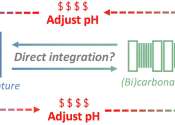Delta CEO, in Paris for the Olympics, says outage-related cancellations should end Thursday
Delta Air Lines canceled significantly fewer flights Wednesday, and the airline's chief executive said cancellations and delays stemming from a global technology breakdown should end by Thursday.
Jul 24, 2024
0
1









